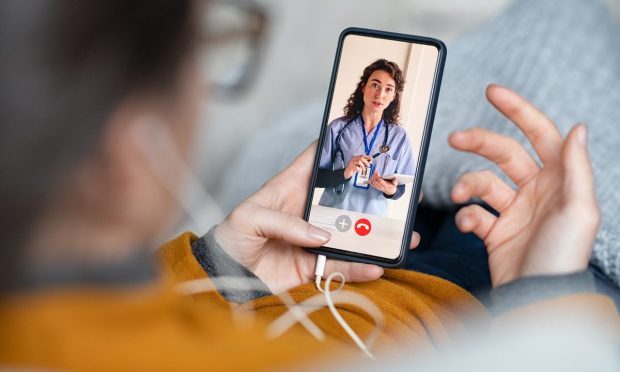Mobile Health Services Provider DocGo to Start Trading on Nasdaq

DocGo, a mobile health services provider, has merged with a special purpose acquisition company (SPAC), Motion Acquisition Corp., and plans to begin trading on Nasdaq Monday (Nov. 8), according to a press release.
The deal will allow DocGo to continue investing in geographic expansion, which will let it serve more businesses and joint venture partners, TheStreet reported. The merger gives the company an equity value of $1.1 billion.
“We are thrilled to announce the completion of our business combination with Motion and advance to this next chapter as a public company,” DocGo CEO Stan Vashovsky said in the release. “Today represents a significant milestone in our journey, and we are eager to use this additional capital to fuel growth as we expand our geographic footprint in mobile health services.”
DocGo offers last-mile mobile health services, integrating with medical mobility solutions, the release stated. The company lets telehealth flourish, providing healthcare treatment through a remote physician so people can stay home or at work.
TheStreet reported that DocGo used to be known as Ambulnz, and it raised $158 million in cash from its business combination along with a private investment in public equity (PIPE), which was led by Light Street Capital and supported by Moore Strategic Ventures.
Telehealth has been growing amid the pandemic, which has made it much riskier for people to go out in public, especially for sensitive health-related reasons at doctor’s offices.
Read more: Startups Look to Tap Into Africa’s Telehealth Opportunities
In Africa, mPharma, a Ghana-based startup, has been seeing success and is looking to open around 100 virtual centers in the next six months. The goal of mPharma is to provide more medical exams and better overall primary care.
Founder and CEO Gregory Rockson said mPharma already provides around 10,000 physician consultants to patients. The idea is to be more efficient and reach people who don’t have adequate access to healthcare.
